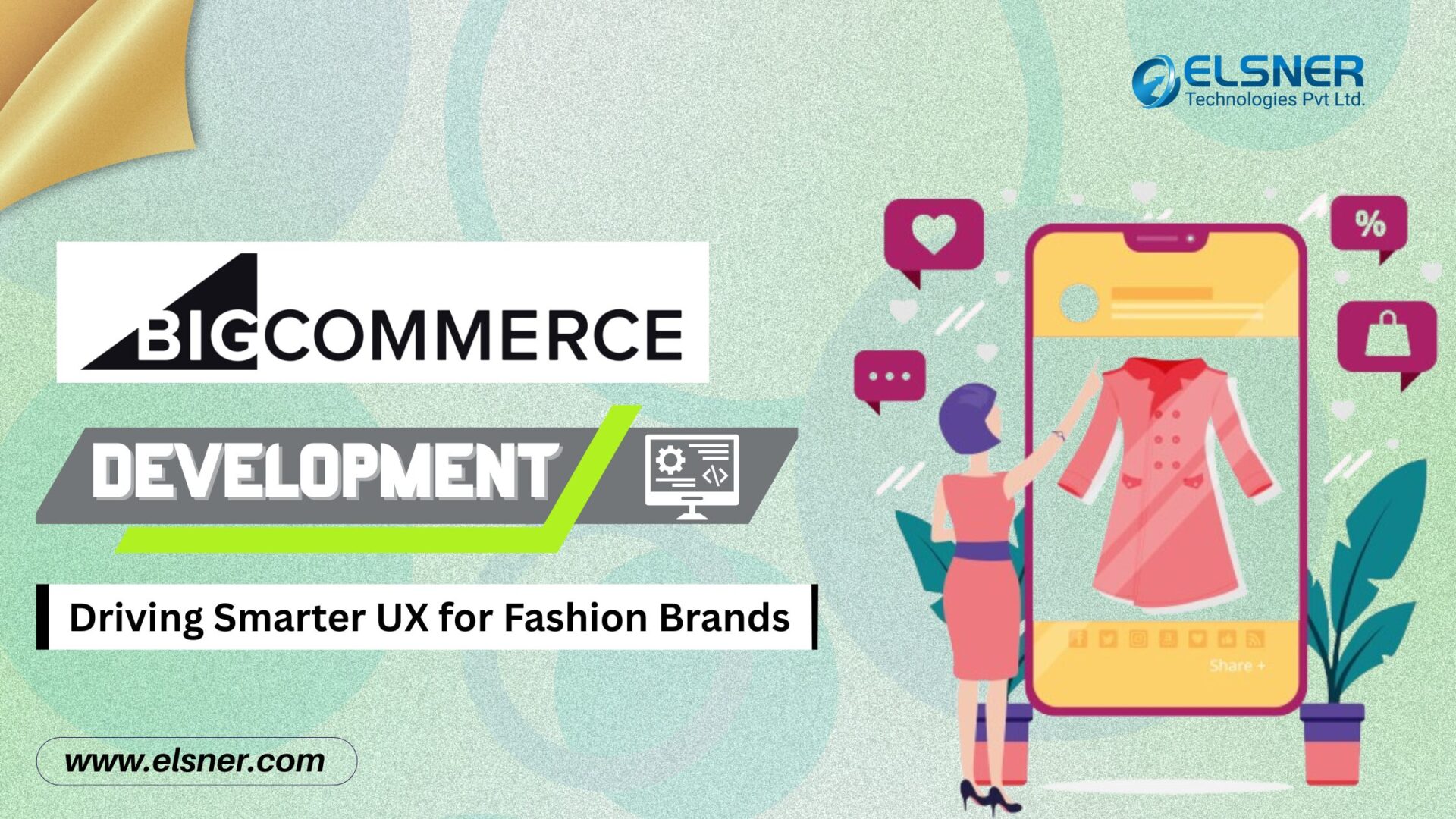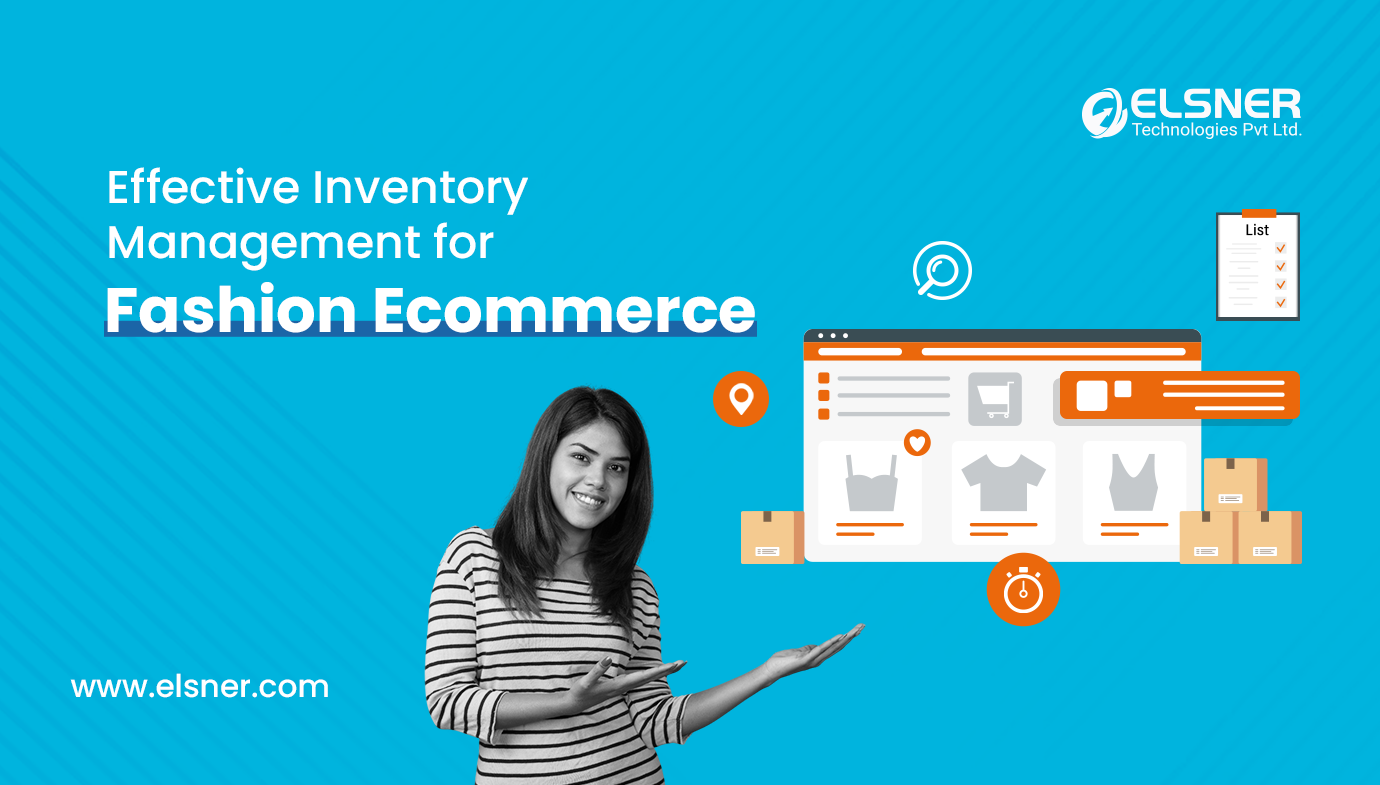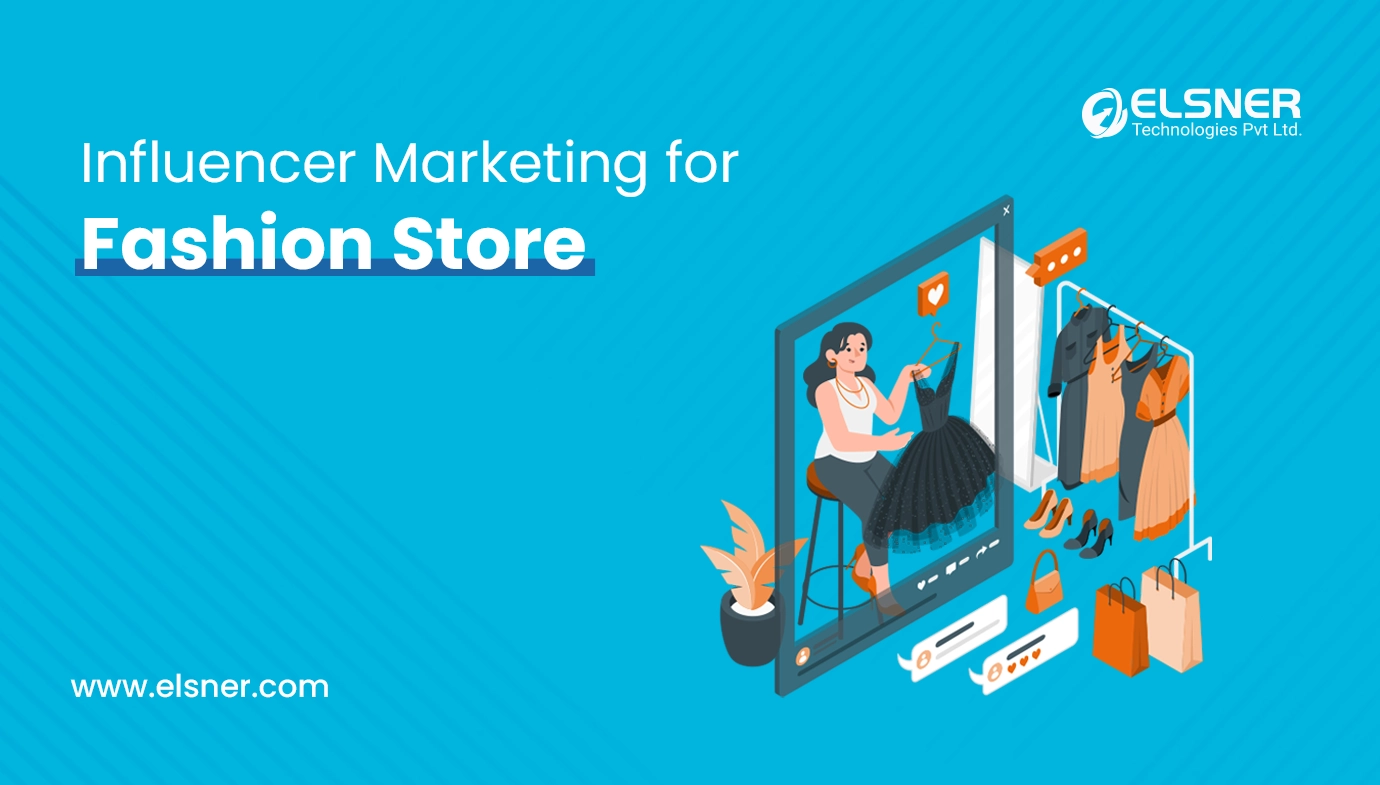- What are the Latest Fashion Ecommerce Trends to Consider?
- Virtual Try-On
- Personalization
- Sustainable Fashion
- Social Commerce
- Voice Commerce
- What are the Key Steps Involved in Building a Fashion Ecommerce Website?
- 1. Identifying Your Objectives and Target Market
- 2. Selecting the Suitable Ecommerce Platform
- 3. Choosing a Hosting and Good Domain Name
- 4. Designing your Site
- 5. Tailoring Your Website
- 6. Configuring the Shipping and Payment Gateways
- 7. Testing and Launching Your Website
- 8. Tracing Performance of Your Site
- Concluding Thoughts
Are you prepared to launch your fashion Ecommerce website and explore the fascinating world of fashion Ecommerce? If so, you can opt for the best fashion Ecommerce website development services. There has never been a better moment to start your own apparel and fashion website, with the fashion Ecommerce website development market booming. Now, you may have doubts about where to start. Well, we will provide a clear answer to your question in this comprehensive blog post.
Here, we will explore details related to how to craft a successful fashion Ecommerce website and the key trends that are shaping the industry. So, consider reading this blog post to gain better clarity on this:
What are the Latest Fashion Ecommerce Trends to Consider?
Now that you are well aware of the key steps involved in crafting a fashion Ecommerce website, it is time to know about the most recent trends. We are going to discuss this in detail in the following section. So, let’s find out:
Virtual Try-On
Virtual try-on experiences are becoming more and more common in the fashion sector these days with the advancement of augmented reality (AR) technology. Currently, a majority of ecommerce business owners make use of augmented reality (AR) to let customers visually try on apparel and accessories so they can see how things fit and look before making the final purchase.
This way, this interactive feature helps improve consumer satisfaction and loyalty by making the online shopping experience more enjoyable. Along with that, it also facilitates lowering the possibility of returns and exchanges.
Personalization
In the field of Ecommerce, personalized buying experiences are becoming standard practice. This is because customers currently expect tailored recommendations and content that are specifically catered to their interests and usage patterns.
As a part of it, one should focus on making use of machine learning algorithms and data analytics to examine consumer data and provide tailored product suggestions, email marketing campaigns, and targeted promotional offers. So, with this, you would be able to effectively boost audience engagement, encourage conversions, and build enduring relationships by giving your consumers current and relevant information.
Sustainable Fashion
Nowadays, the demand for fashion choices that originate from ethical and sustainable sources is increasing as environmental challenges are gaining more attention. Therefore, sustainable fashion is known to be another important aspect of the fashion Ecommerce industry. For this reason, every Ecommerce business owner now needs to focus on a variety of environmentally friendly and sustainable products, such as recycled materials, organic clothing, and fair trade procedures, and this is considered an effective way to attract environmentally conscious customers.
Therefore, it is important to emphasize your commitment to sustainability on your website. Also, you should focus on educating consumers on the environmental impact of their purchasing decisions. You can stand out in a crowded fashion market and attract socially responsible consumers by associating your brand with sustainability initiatives.
Social Commerce
Another popular trend is social commerce, which typically involves leveraging the power of social media platforms to your advantage. With this, it is possible to drive traffic and revenues to your Ecommerce website. As a part of it, Ecommerce business owners are using specific features like shoppable posts, which allow users to buy things straight from social media platforms like Facebook and Instagram without ever leaving the app.
They are even more likely to work together with brand ambassadors and influencers to promote your products to their followers, taking advantage of their reputation and influence to reach a larger audience. Reposting images and testimonials from satisfied customers is another way to promote user-generated content, which will increase community engagement and brand loyalty. To learn more, get in touch with a professional fashion website development company.
Voice Commerce
The advent of voice-activated devices like Google Home and Amazon Echo opened up new avenues for Ecommerce, including voice commerce. So, as an eCommerce business owner, it’s time to boost your website’s voice search capabilities. It is possible to integrate voice recognition and natural language processing to enable voice-activated product searches and purchases.
To appeal to tech-savvy customers who prefer voice-based interactions, you should explore voice-enabled shopping experiences, such as voice-activated reordering of commonly purchased items or hands-free checkout procedures. To get tips related to this, you can hire a professional dedicated to offering clothing & fashion website design & development solutions.
What are the Key Steps Involved in Building a Fashion Ecommerce Website?
Crafting an Ecommerce store can be an exciting yet challenging task, especially if you are new to this Ecommerce fashion site development industry. However, your journey will become effortless if you are aware of the integral steps that are involved in the process. In this comprehensive guide, we will explore the overall process of crafting a fashionable and functional Ecommerce fashion website from start to finish. So, let’s get started:
1. Identifying Your Objectives and Target Market
It is important to devote some time to defining your objectives and determining who your target audience is before getting into the technical details of developing your website. This is regarded as the first and the most important step of fashion Ecommerce website development. In this regard, there are certain questions that you should ask yourself, which include the following:
- Which kinds of fashion products will I sell?
- Who are my ideal customers?
- What distinguishes my brand from my rivals?
- What are my company’s short- and long-term goals?
2. Selecting the Suitable Ecommerce Platform
The success of your online store relies on which eCommerce platform you choose to focus on. When choosing a platform, only certain factors should be considered, such as cost, scalability, customization options, and ease of use. If you need any related help, you can contact a professional fashion Ecommerce website developer.
These are a few well-liked choices to concentrate on when creating fashion Ecommerce websites:
- WooCommerce: Designed for WordPress websites, this adaptable and configurable plugin is best suited for individuals with some technical know-how.
- Shopify: This platform is adaptable and offers a wide range of theme customization choices. It includes integrated features as well.
- Magento: This robust platform is perfect for big businesses with intricate needs. The complex features and scalability of this platform are well-known.
3. Choosing a Hosting and Good Domain Name
It’s time to choose a domain name for your website. Make sure the option you select is memorable and reflects your brand’s voice. After selecting a domain name, all you need to do is register for web hosting with a reliable provider. In this situation, you ought to search for hosting plans that provide quick load times, dependable uptime, and top-notch customer support.
4. Designing your Site
The subsequent step involves designing your website. In this situation, your main goal should be to select a design that is user-friendly, aesthetically pleasing, and appealing to your target market while still aligning with your brand identity. You must take into account particular components when creating your website, such as the font, color scheme, layout, and navigation. To make the design process easier, a lot of Ecommerce platforms offer customizable themes and templates.
5. Tailoring Your Website
Now, it is the time to customize your website. As part of this step, your focus should be on your ideas to add your own touch and make your website stand out for your business and the minds of your customers. In this case, you need to customize the look, feel, and customizability of your website:
- Include your brand colors and logo to keep the brand consistent.
- Grouping and organizing your stock makes it easier to navigate.
- Presenting good product images and creating attractive product descriptions.
- Integrating factors that strengthen the shopping experience, such as preferences, customer reviews, and relevant product recommendations.
You can even choose SEO for fashion Ecommerce to boost the visibility of your website.
6. Configuring the Shipping and Payment Gateways
By integrating secure payment methods such as PayPal, Stripe, and Square, customers can easily accept payments online. It is very important to offer different payment options like digital wallets and credit/debit cards to cater to your interests, buy now, and service later. Moreover, you need to put your mind to deciding on your shipping schedule and speed. Shipping costs should be optimized according to factors such as destination, delivery speed, and weight.
7. Testing and Launching Your Website
To guarantee that your customers have a seamless online purchasing experience, make sure you properly test the functioning and usability of your website before launching it publically. To find and address any problems or errors, you should test all of the features, forms, links, and payment gateways.
When you are certain that your website is prepared for launch, you can make the big announcement and begin marketing your brand via email, social media, and influencer collaborations. Consider choosing a reliable fashion Ecommerce agency for related aid.
8. Tracing Performance of Your Site
The final step in this process is to use web analytics tools like Google Analytics to monitor your website’s performance. In this case, it is important to look at important data such as traffic conversion rate and average order value and know what is working and not working in your marketing campaigns.
Here, your main objective would be to drive growth and increase your online sales potential, user input, industry trends, and performance statistics. Based on this, you should constantly iterate and make changes to your website.
Concluding Thoughts
All in all, creating and maintaining a thriving Ecommerce site necessitates an ideal combination of creative thinking, strategic planning, and in-depth knowledge of market trends. A great fashion Ecommerce website needs to be built and maintained with a combination of creative thinking, strategic planning, and in-depth knowledge of market trends.
You can build an eye-striking online shopping destination that appeals to your target market and propels business growth by adhering to the key steps mentioned in this guide. You can even hire a clothing website design and development agency in this regard. Also, you should focus on adopting the most recent trends in fashion Ecommerce. So, it is the time to keep yourself updated, flexible, and ahead of the curve in the ever-changing realm of fashion Ecommerce.

About Author
Harshal Shah - Founder & CEO of Elsner Technologies
Harshal is an accomplished leader with a vision for shaping the future of technology. His passion for innovation and commitment to delivering cutting-edge solutions has driven him to spearhead successful ventures. With a strong focus on growth and customer-centric strategies, Harshal continues to inspire and lead teams to achieve remarkable results.




